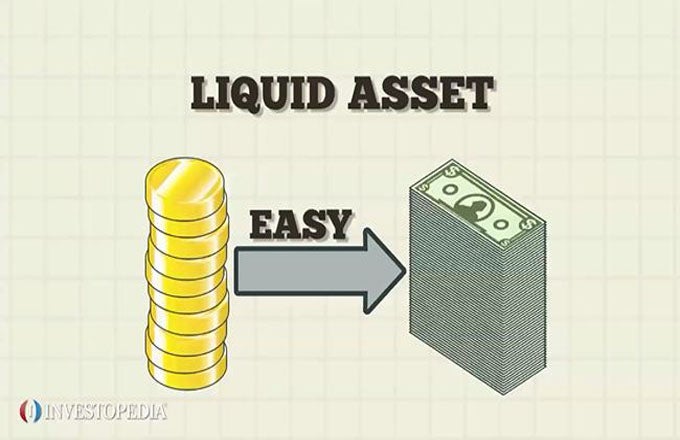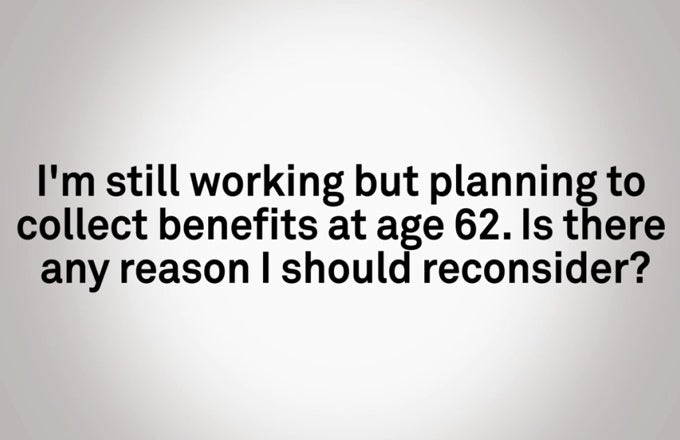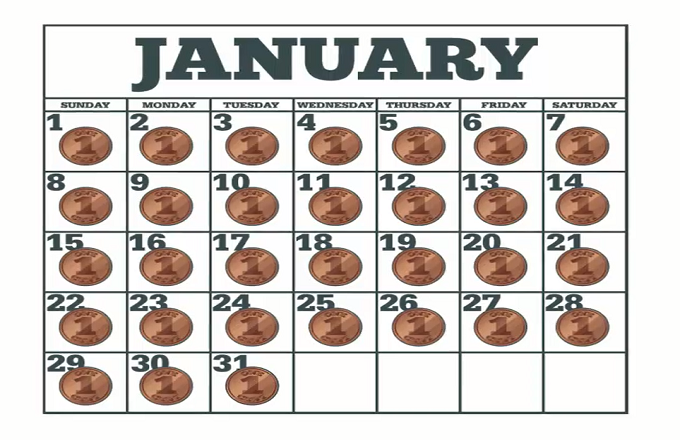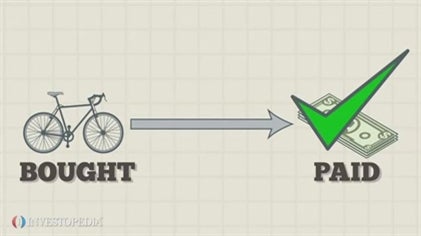When a government initiates a currency peg, it pegs its currency’s value to that of another country.Currency pegs enable importers and exporters to create a stable trading environment. They will know exactly what exchange rate to expect, limiting uncertainties like inflation or interest rates that could inhibit dealings between two countries. A currency peg works like this: Suppose Mexico wants to peg its currency to that of the United States, meaning it wants the peso’s value to move at the same rate as the U.S. dollar. If the peso’s value falls relative to the U.S. dollar, Mexico can use foreign reserves, such as euros, to buy pesos and remove them from the market. With fewer pesos available, demand goes up, and its value also increases. Similarly, Mexico can sell pesos if their value rises relative to the dollar to increase the supply of pesos until their value falls to match the dollar. While some small countries peg their currencies to a larger country’s to create stability, doing so exposes their currency to the same risks the larger country faces.





